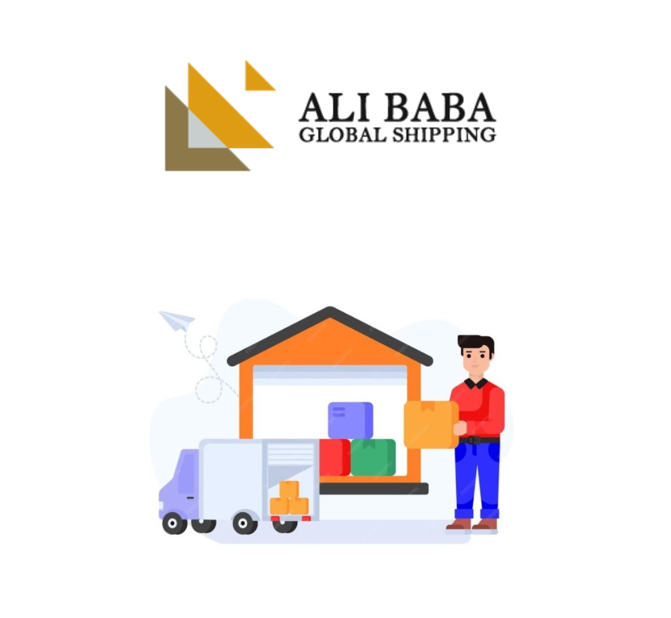In today’s fast-paced world, efficiency reigns supreme. Businesses are constantly seeking ways to optimize their supply chains, ensuring timely product delivery while minimizing costs. This is where transloading services come into play.
Transloading refers to the process of transferring goods from one mode of transportation to another during their journey to the final destination. Imagine a complex relay race, where different transportation methods – trucks, trains, ships – each take a leg, but the baton (your cargo) never touches the ground. Transloading facilities act as the designated exchange zones, ensuring a smooth and efficient flow of goods.
Unveiling the Benefits of Transloading
Transloading offers a multitude of advantages for businesses of all sizes. Let’s delve deeper into some key benefits:
- Cost-Effectiveness: Transloading can significantly reduce transportation costs. By strategically transferring goods between modes of transportation, businesses can leverage the strengths of each. For example, shipping goods long distances via train is often more cost-effective than using trucks. Transloading facilities allow businesses to take advantage of these cost savings by efficiently switching between modes.
- Saving Time: Transloading can accelerate your supply chain. By efficiently transferring goods between transportation methods, businesses can bypass potential delays at congested ports or terminals. This streamlined process ensures products reach their destination faster, improving overall supply chain efficiency.
- Flexibility: Transloading offers greater flexibility in managing your supply chain. Businesses can adapt their transportation methods based on factors like distance, urgency, and cost. This allows for a more dynamic approach, enabling companies to respond quickly to changing market conditions.
- Inventory Management: Transloading facilities can act as temporary storage hubs, optimizing inventory management. This is particularly beneficial for businesses dealing with seasonal fluctuations in demand or those with limited storage space at their final destination.
- Damage Reduction: Transloading can minimize the risk of cargo damage. By carefully transferring goods between different transportation modes, the potential for handling-related damage is reduced. This is especially important for fragile or delicate items.
Unveiling the Different Types of Transload Solutions
Transloading services encompass a diverse range of solutions to cater to specific needs. Here’s a breakdown of some common types:
- Dry Van Transloading: This involves transferring palletized or containerized goods between trucks and trains or vice versa. It’s a popular option for bulk goods and manufactured products.
- Intermodal Transloading: This refers to the transfer of goods between different intermodal transportation methods, such as containers moving from ship to rail. It’s ideal for long-distance shipments, offering a cost-effective and efficient solution.
- Bulk Transloading: This involves transferring loose cargo, such as grains or liquids, between bulk containers or silos. It requires specialized equipment and expertise to ensure safe and efficient handling.
- Liquid Transloading: This focuses on the transfer of liquid products like chemicals or fuels between tanker trucks, railcars, or pipelines. Strict safety protocols and specialized equipment are essential for this type of transloading.
Choosing the Right Transloading Partner
Selecting the right transloading partner is crucial for maximizing the benefits of this service. Here are some key factors to consider:
- Experience and Expertise: Choose a company with a proven track record and extensive experience in handling your specific type of cargo.
- Facility Network: Opt for a partner with a network of strategically located transloading facilities to ensure smooth movement of goods across your supply chain.
- Technology Integration: Look for a company that utilizes advanced technology to track shipments, manage inventory, and provide real-time updates.
- Safety and Security: Ensure the provider prioritizes safety measures and adheres to strict security protocols to safeguard your valuable cargo.
- Cost Structure: Compare pricing models and ensure transparency in costs associated with transloading services.
By carefully considering these factors, businesses can select a transloading partner who aligns with their specific needs and helps them achieve their supply chain goals.
The Future of Transloading: Innovation and Automation
The transloading industry is constantly evolving, with a focus on innovation and automation. We can expect advancements in areas such as:
- Automated Guided Vehicles (AGVs): AGVs can revolutionize the movement of goods within transloading facilities, enhancing efficiency and safety.
- Advanced Warehouse Management Systems (WMS): Sophisticated WMS systems can optimize the flow of goods through transloading facilities, reducing wait times and improving overall throughput.
- Data Analytics: Data analysis tools can provide valuable insights to optimize transloading operations, minimize costs, and improve overall supply chain performance.
By embracing these advancements, transloading services will continue to play a vital role in ensuring a streamlined and efficient flow of goods in today’s ever-changing global marketplace.


